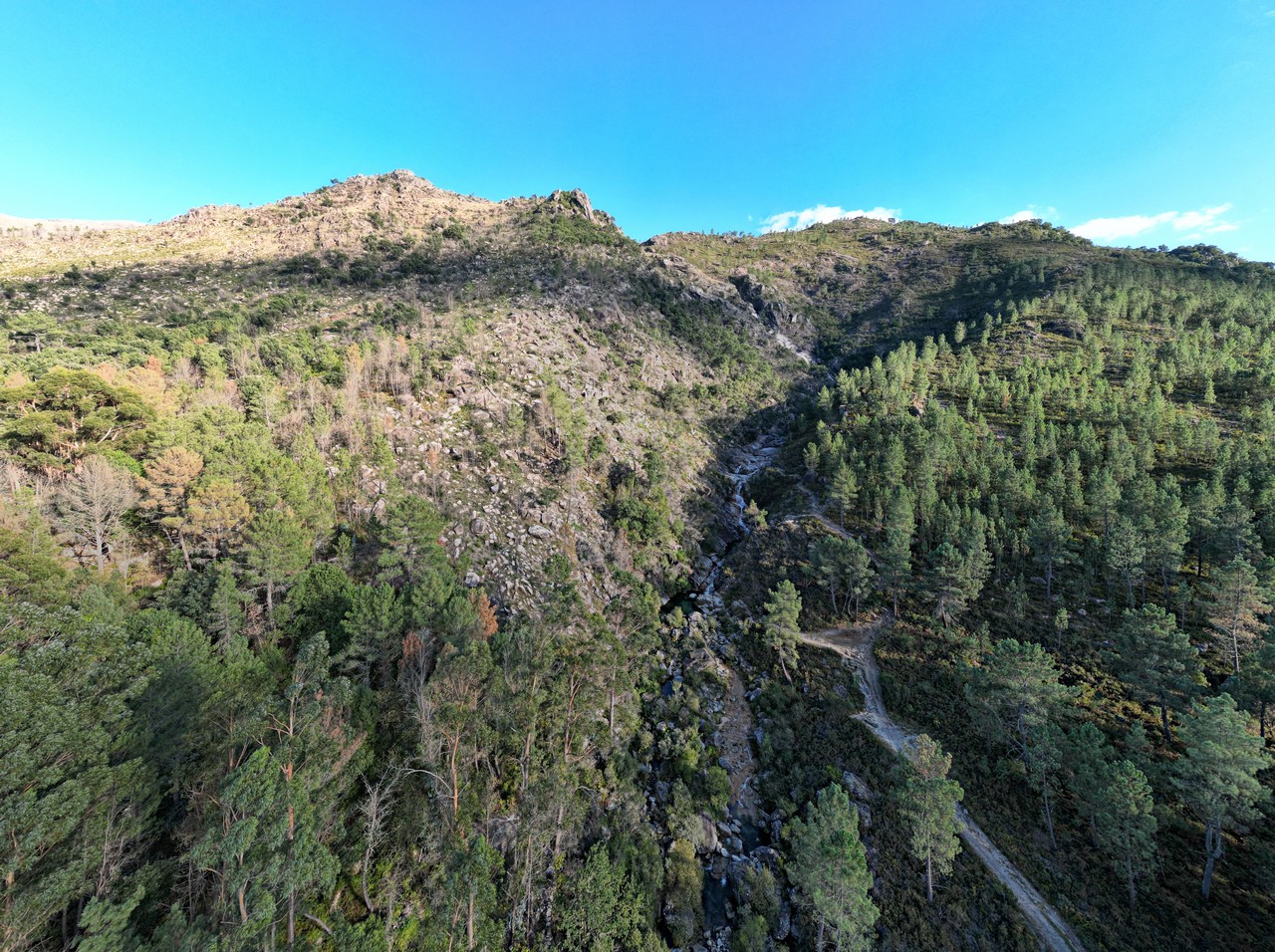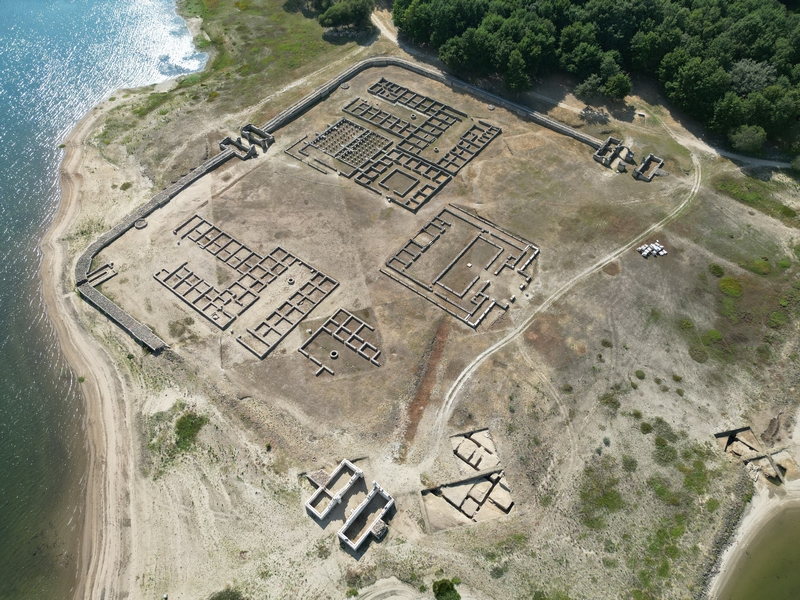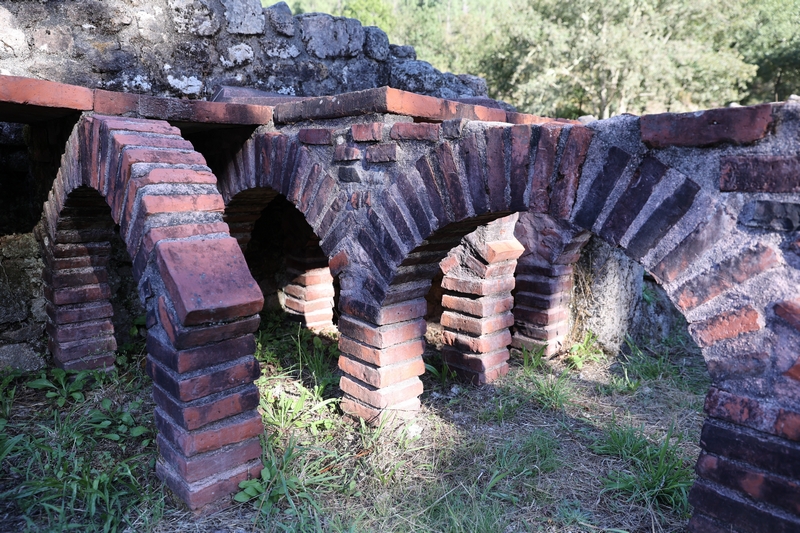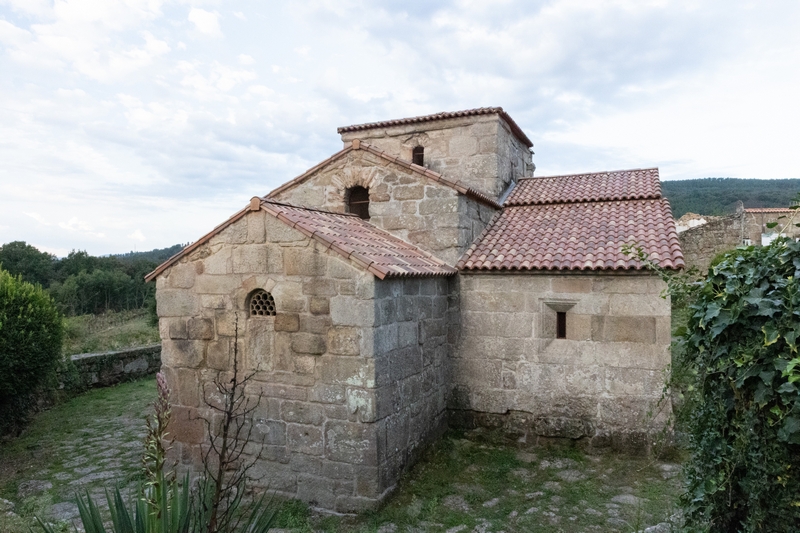Destino turístico Celanova-Terra do Xurés | Turismo de Ourense
The districts that form this geodestination are: Bande, Barbadás, A Bola, Cartelle, Celanova, Entrimo, Gomesende, Lobeira, Lobios, A Merca, Muíños, Padrenda, Quintela de Leirado, Ramirás and Verea.
Celanova is the land of poets such as Curros Enríquez and Celso Emilio Ferreiro, undoubtedly inspired by the beauty of the surroundings. The Praza Maior of Celanova is presided over by the majestic Monastery of San Salvador,one of the gems of the baroque architecture in Galicia. In the surrounding area, the castro de Castromao (hillfort of Castromao) and Vilanova dos Infantes, a medieval village with stately houses around an ancient tower. To the south are the remains of the Roman camp of Aquis Querquennis in Bande.
Heritage
The aforementioned convent of San Salvador de Celanova has the particularity that its enclosure contains a tiny temple dedicated to San Miguel, which is part of pre-Romanesque art. As pre-Romanesque is also Santa Comba de Bande from the 7th century with a 17th century portico.
At least three fortifications are worth mentioning: the castle of Araúxo, in Lobios, of which only a few remains are still staniding but in a location, that offers a spectacular panoramic view; the tower of Vilanova, in Celanova, which even housed the offices of the town council; and the inaccessible castle of Sande (in the town council of Cartelle). At Loiro (Barbadás) a Romanesque church with a cornice decorated with figures. In Entrimo, the church of Santa María a Realthe main façade of this 17th century church is in the Churrigueresque Baroque style. In a privileged enclave in the municipality of Lobios, the chapel of Nosa Señora do Xurés awaits us.
From the Roman period, apart from the remains in Bande, we can see the roman thermal baths of Riocaldo in Lobios. And from the Megalithic period, the dolmens of Maus de Salas in Muíños.
Within the popular architecture, the most outstanding is the group of hórreos of A Merca.
Museums of different types can be enjoyed in this geodestination: from the Casa dos Poetas in Celanova (the house where Curros Enríquez was born) to the Museo numismático in Lobios through the Museo de Iconos in Bande.
Natural areas
It is easy to deduce that spectacular landscapes predominate in a pure nature, which man has domesticated, but transformed only in the lower parts. This is confirmed by the increasingly visited Baixa Limia-Serra do Xurés Nature Reserve which includes the municipalities of Bande, Entrimo, Lobeira, Lobios, Muíños, Padrenda, Quintela de Leirado and Verea. Together with the Portuguese territory of the Parque Nacional da Peneda-Gerês, it constitues the Gerês-Xurés Cross-border Biosphere Reserve which is made up of six Galician and five Portuguese municipalities.
The Natural Park itself gives its name to the Serra do Xurés MTB Centre which offers a total of nine routes, between the municipalities of Muíños and Lobios, totalling more than 200 signposted kilometres. Apart from the MTB Centre, you can also do a two-day MTB itinerary following the Serra do Xurés Crossing.
Festivals and gastronomy
An ethnographic festival called Raigame has been taking place for years in the small, reconstructed village of Vilanova, once the most important village in Celanova. That day, always on May 17th (coinciding with the Galician Literature Day), not only pulpeiras(Woman selling cured octopus) and charangas(small amateur marching band that plays festivals mainly in Northern Spain), but also and most importantly, many artisans from all over Galicia gather there.
In Bande the Festa do Peixe (Fish Festival) on the first weekend in June, with a fishing competition. And the also gastronomic and original Festa das sopas de burro canso (Tired Donkey Soup Festival, a dessert made of bread crumbs, wine and sugar) in the village of Mugueimes (Muíños)





